Search
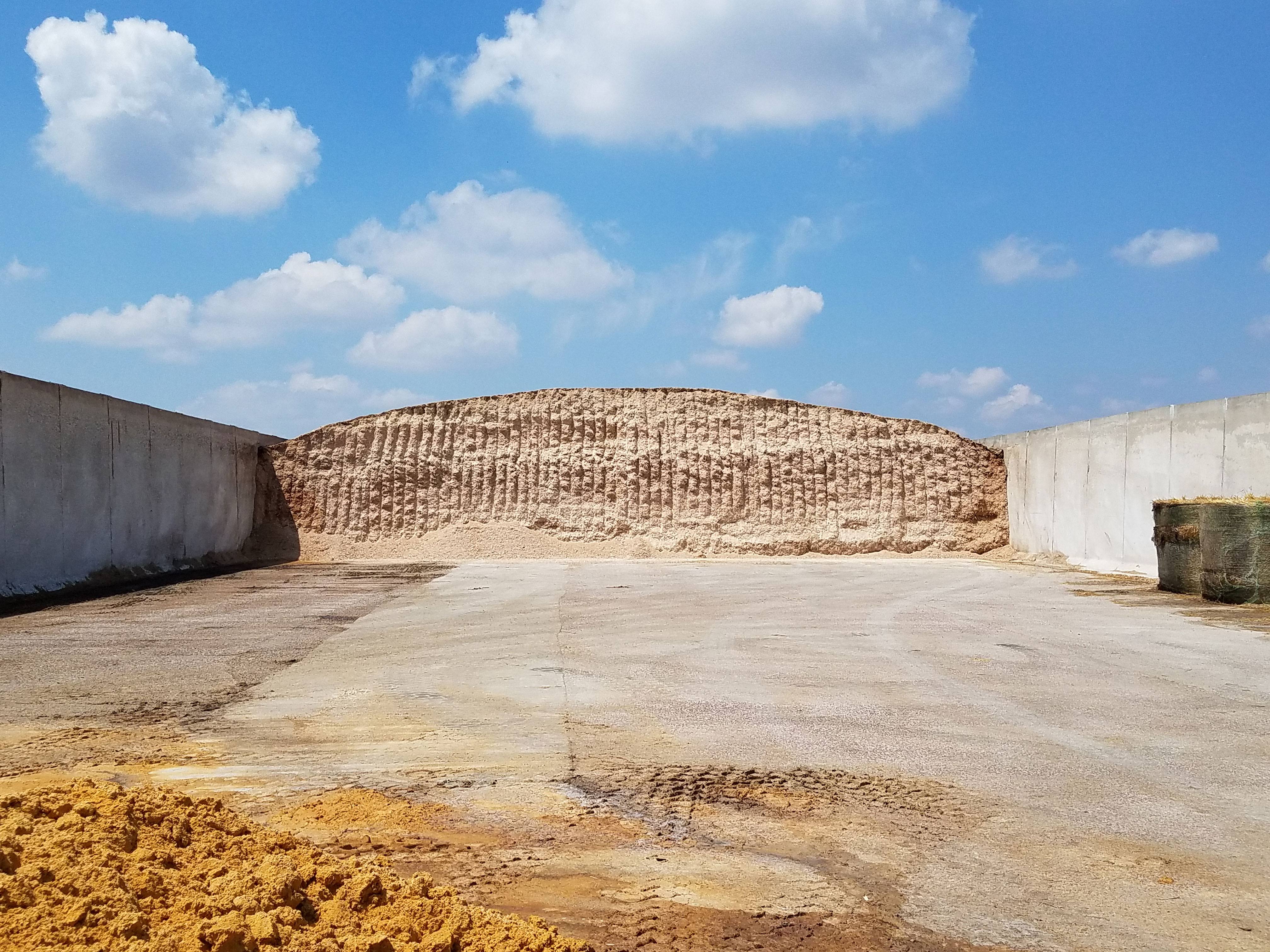
Valuing High-Moisture Corn and Earlage
A key advantage to using commodities that meet standard specifications and are frequently traded is that it is very easy to establish an economic value that is accepted by most users. The marketplace sets the value of corn, and other feedstuffs on a daily basis, provided those products meet some set of standard specifications.
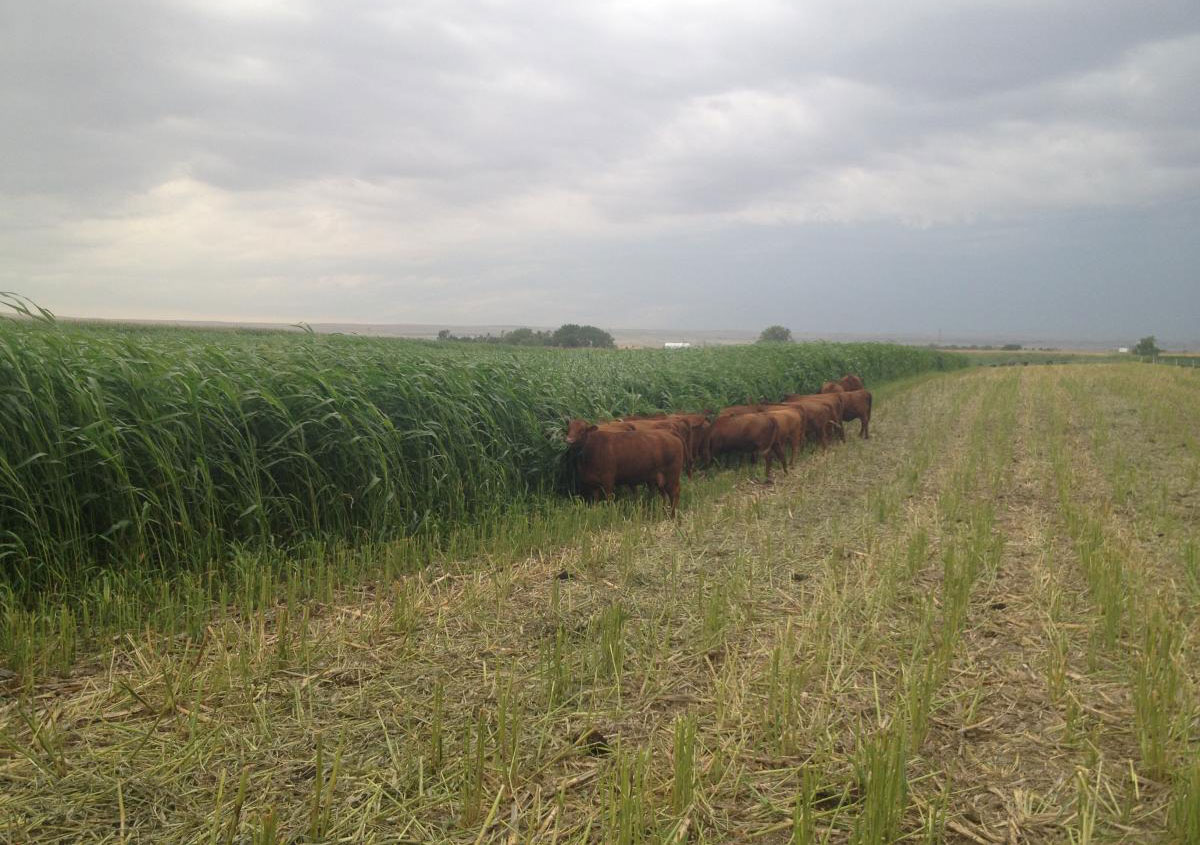
Prussic Acid Poisoning
As the first frost date approaches, producers often have concerns about the risk of prussic acid poisoning in livestock. Certain forage plants, especially sorghums and related species are associated with an increased risk of death loss because of prussic acid poisoning.
Multi-Species Grazing as an Alternative to Pasture Spraying
Broadacre spraying of pastures is intended to reduce undesirable plants and increase grasses for livestock. This practice often results in unintended consequences, including damage and reduction of native forbs and reduced profitability. One approach to managing perceived “weedy” plants is incorporating different species of livestock into a grazing operation.
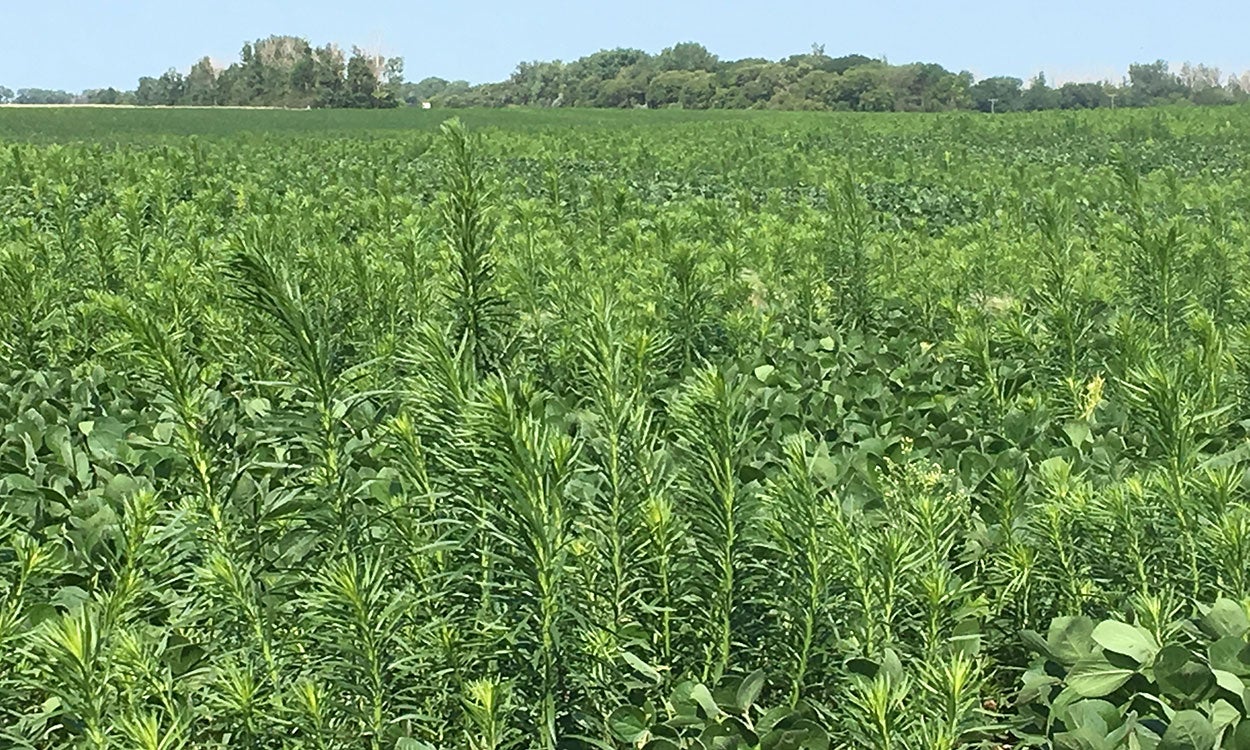
Marestail Fall Control
Marestail (also known as horseweed) is considered either a winter annual or biennial species that is often difficult to identify at the rosette stage. In the Dakota’s, marestail will germinate in the fall and bolt in the spring.
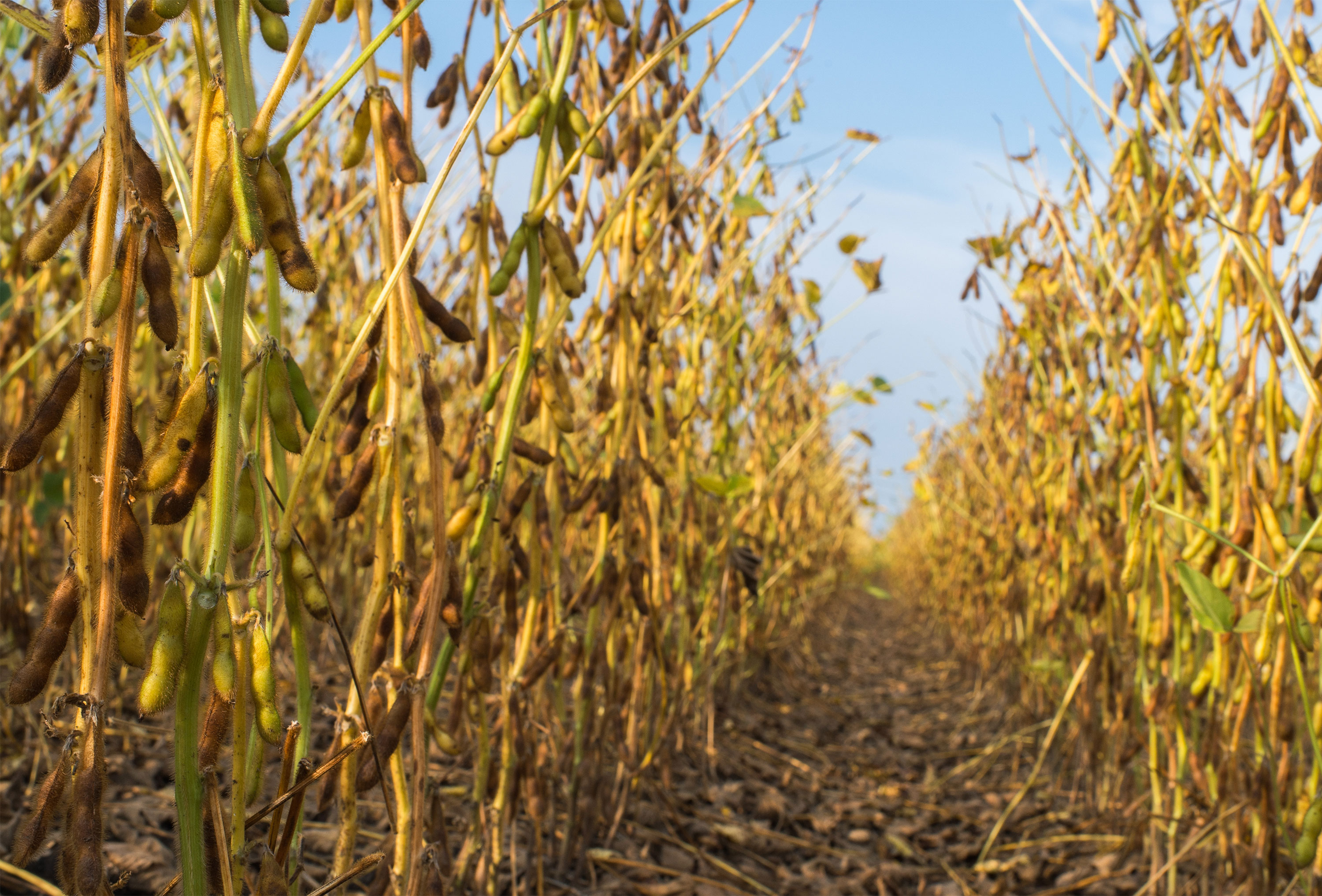
Low Temperatures During Soybean Maturity
This year, we had a slow soybean planting due to high rainfall in spring. This was followed by below normal temperatures for most of the growing season, which delayed soybean growth and development. This brings up a question about what these low temperatures will do to soybeans that are in the field.
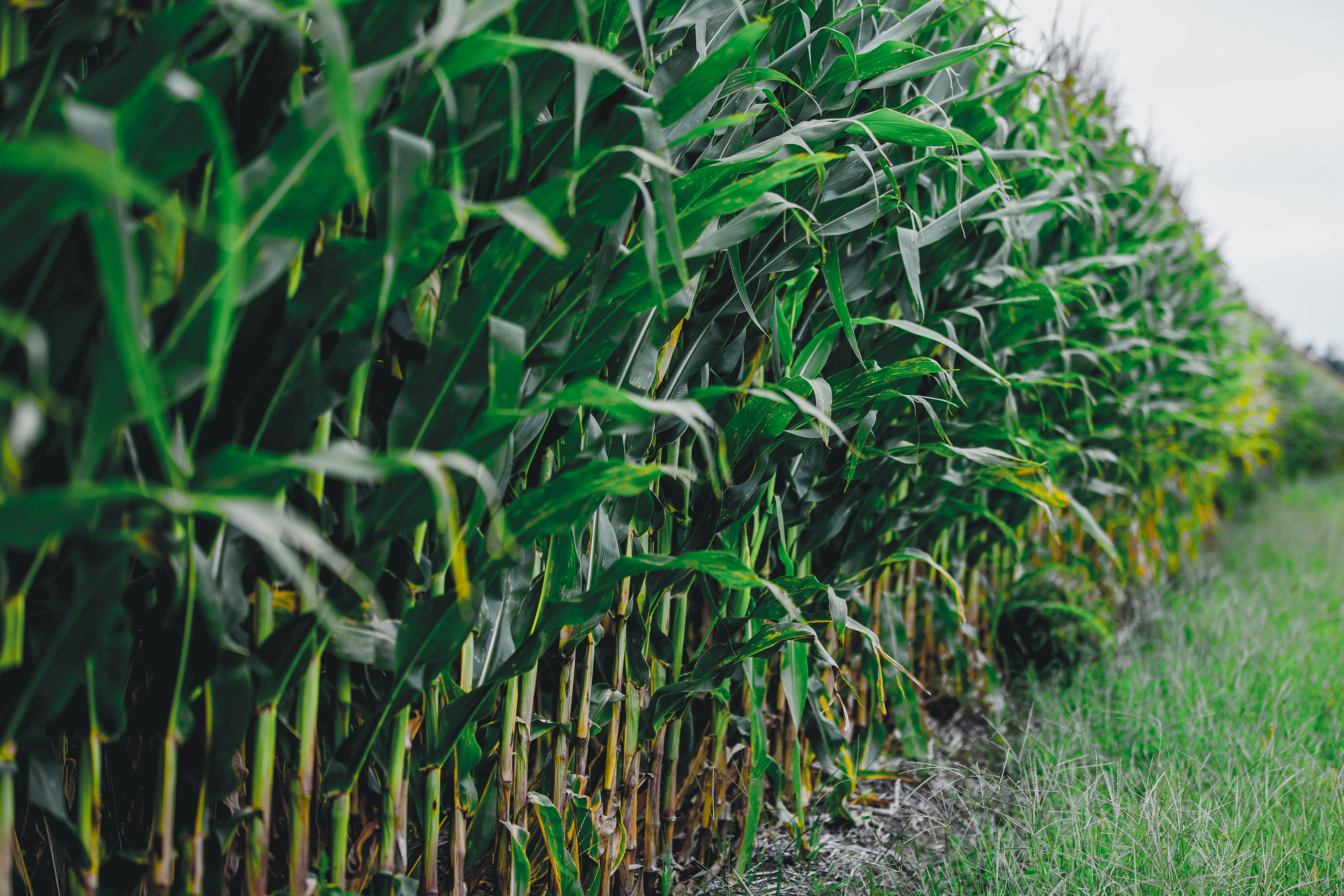
Estimating Corn Yield in the Field
As a result of late planting and inconsistent weather, both in-field and across-field variations have been significant this year in South Dakota. Even on highly productive land, it is expected for corn yields to vary significantly. Estimating corn grain yield prior to harvest can help growers make management decisions, especially storage and marketing.
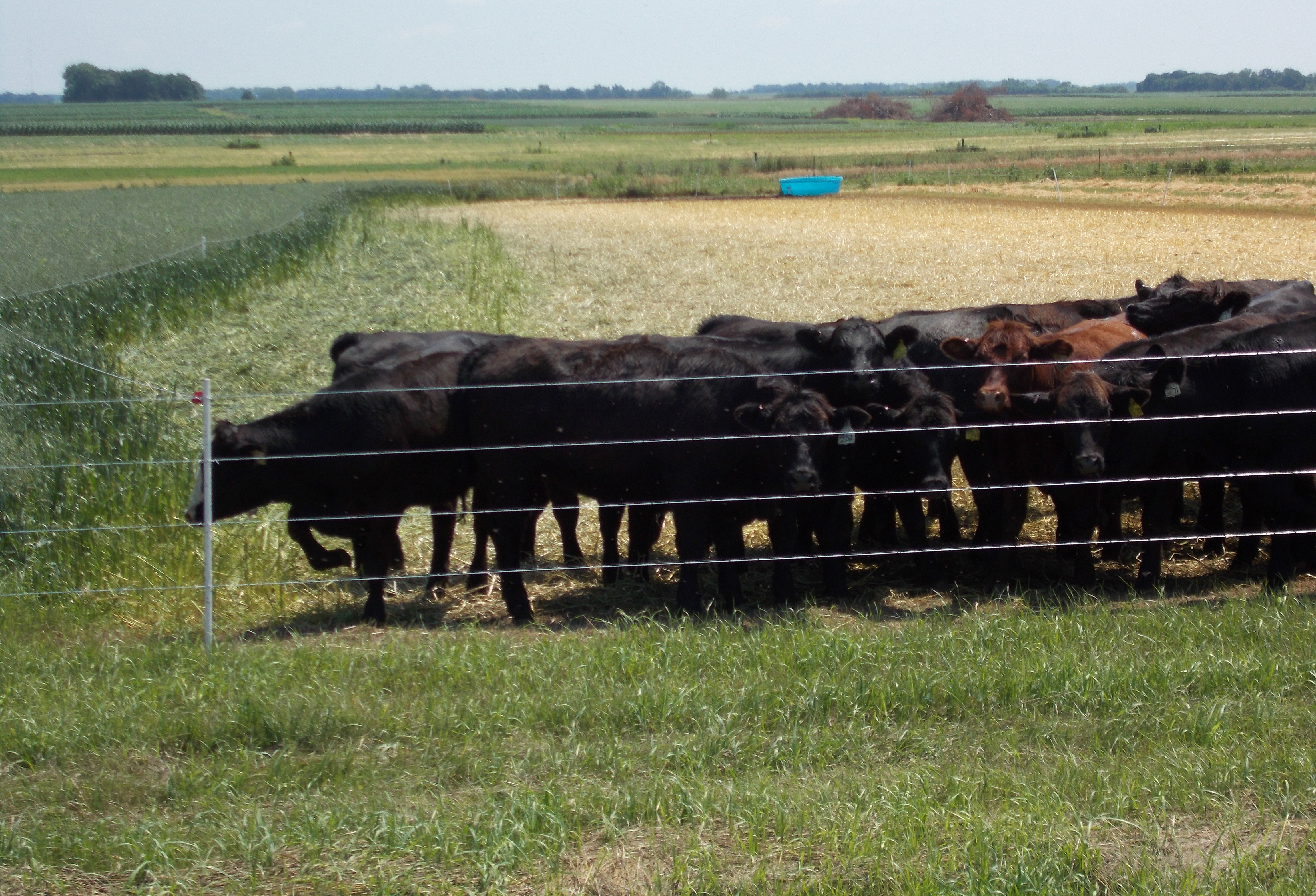
Weaning Calves on Cover Crops
What do we do if it is time to wean calves, but the pen isn’t ready? That can be a real concern during wet fall seasons, such as 2019. Putting calves into muddy pen conditions is far from desirable, but holding calves on the cows deep into fall increases the risk of adverse winter weather and tends to pull body condition off the cows.
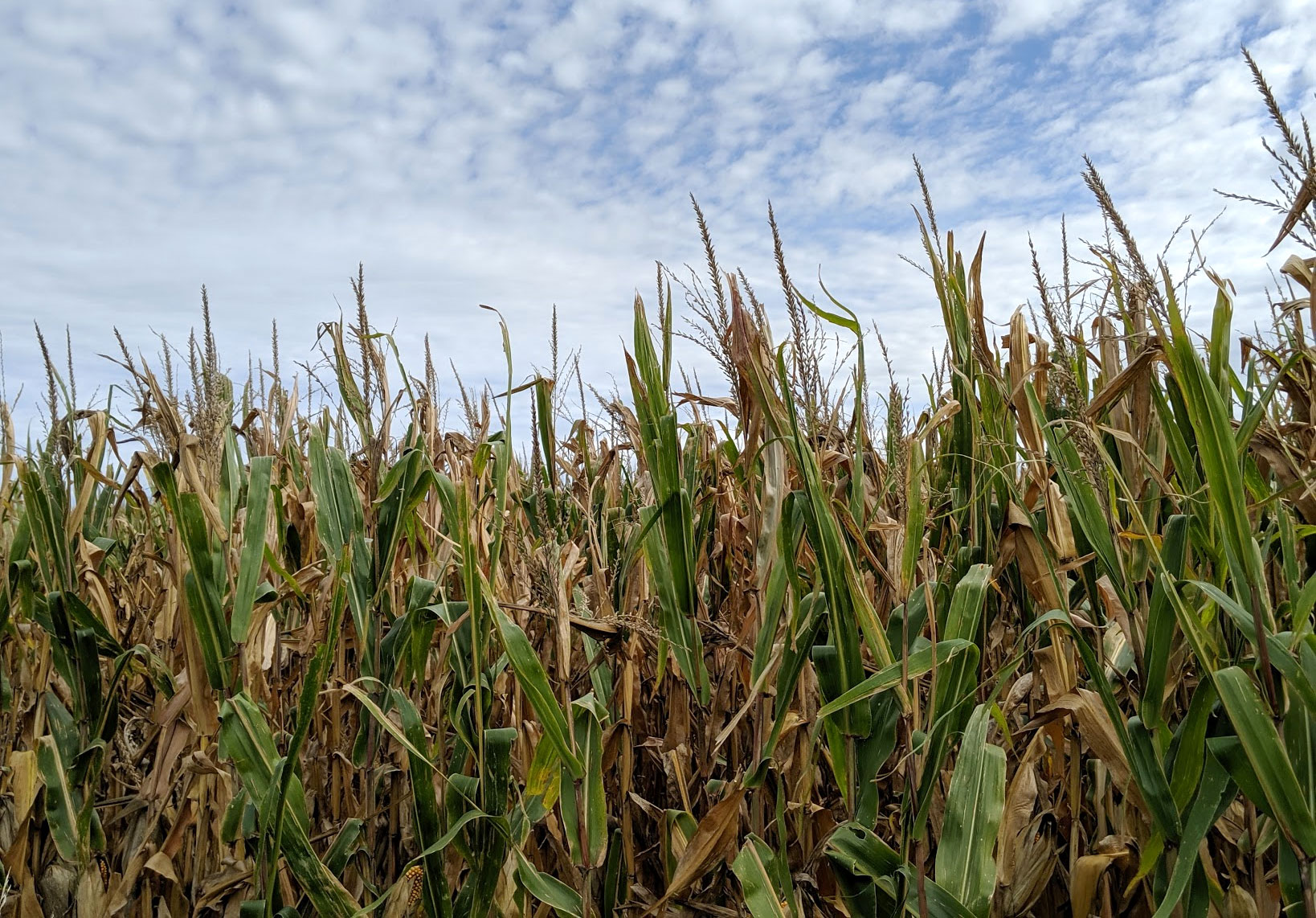
Assess for Corn Stalk Rots
Several corn fields are beginning to show stalk rot and top dieback symptoms. Stalk rots cause the entire plant to die prematurely, which can lead to plants lodging under windy conditions making harvesting problematic.
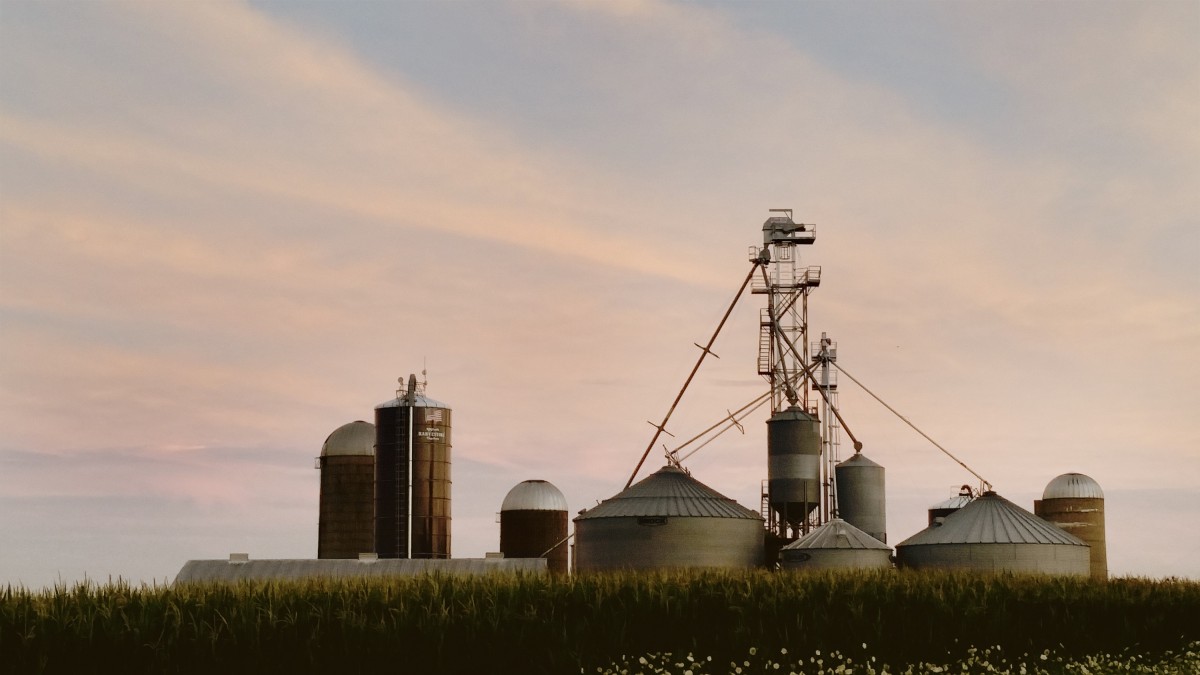
Corn Grain Moisture Discount: Why and How Much?
Corn marketed at the standard moisture content of 15.5% and 56 pounds per bushel typically contains 47.3 pounds of dry matter and 8.7 pounds of water. At harvest, a producer has to decide whether to sell (or even store) his corn at ‘as is’ moisture content or mechanically dry it before taking it to the buyer.

Importance of Proper Nutrition and Physical Activity in Early Childhood
Childcare outside the home is relatively common in the United States, as a majority of children ages two-to-five attend some type of childcare and spend roughly 30 hours per week in others care. Due to this, both parents and early childhood educators are responsible to ensure children are receiving the nutrition they need for proper childhood development.